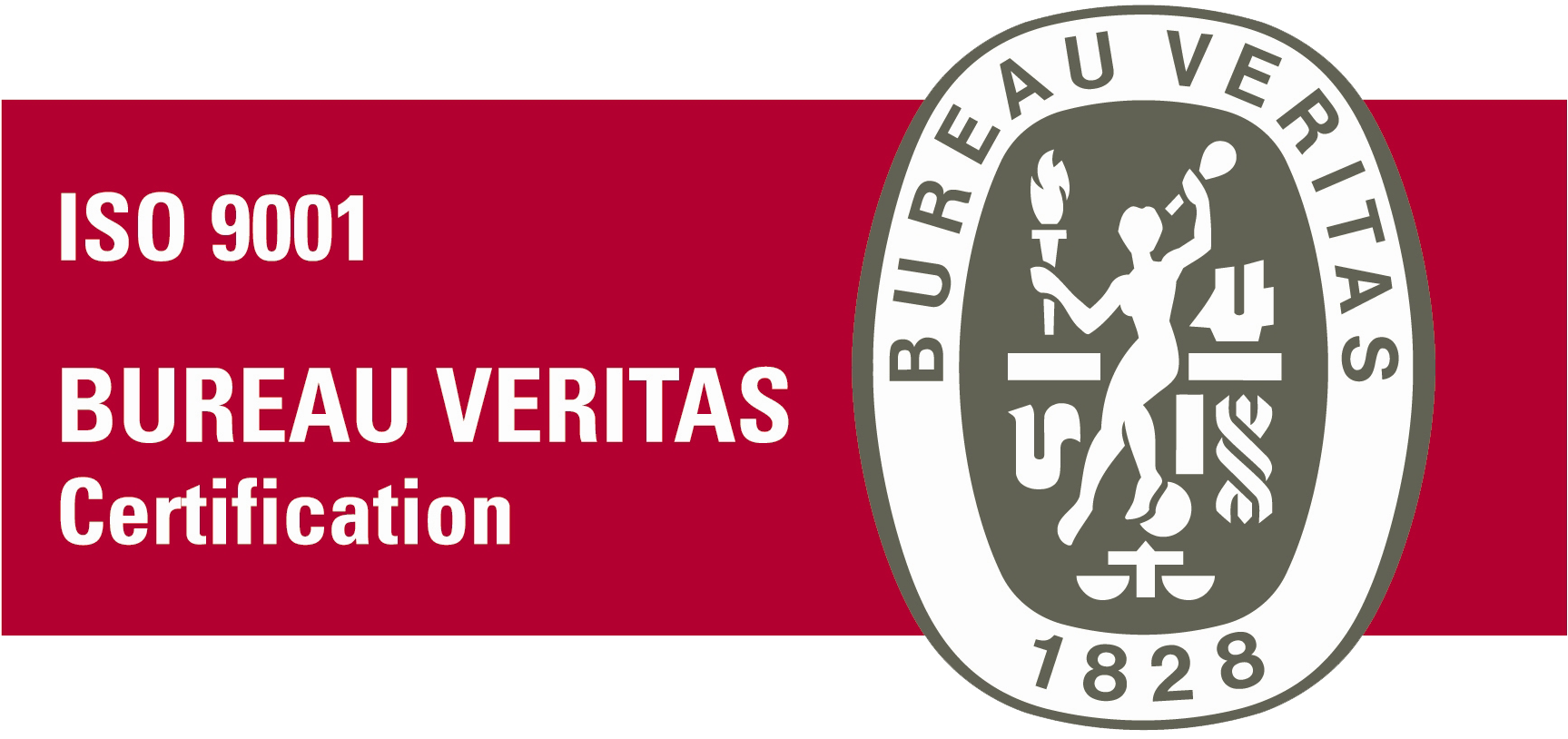Virtual Reality in Industry
Innovation in design, training and industrial manufacturing
Confidence in product design
The realistic elements of Virtual Reality allow engineers and designers to analyse what a product would look like and how it would work, without having to build a model.
Accelerates problem identification
Reduces design and ergonomic errors
Reduces costs and the need for physical prototypes
Accelerates the design cycle and time-to-market
Training, protocols and simulations
Programming environments in Virtual Reality (VR) makes it possible to view training programmes in order to accelerate the learning curve; to create protocol programmes to minimise errors and to view specific, repetitive tasks; to simulate dangerous situations to improve safety and effectiveness at work and to reduce occupational risk.
Standardises procedures and substitutes physical manuals
Reduces necessary training staff
Minimises accidents and occupational risks
Physical barriers no longer exist
Machine clones
Virtual Reality makes it possible to create virtual clones of machines for real-time data and workflow analysis of processes and fabrication. It is also useful to view step-by-step maintenance through the creation of an immersive display system to view 3D dynamic data.
Reduces time for diagnosis and problem-solving
Product funcionality validation
Increase of iterations in the design
Increases business agility and flexibility
Download the industrial sector guide
Discover all the aplications of Virtual, Augmented and Mixed Reality in the industrial sector and the great benefits they can bring to your company.
